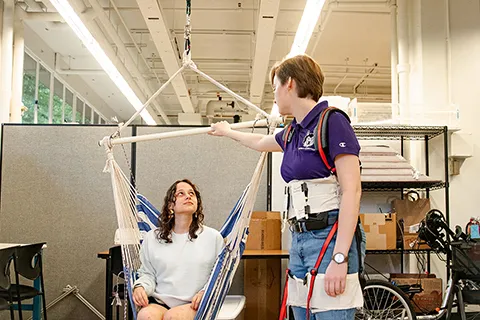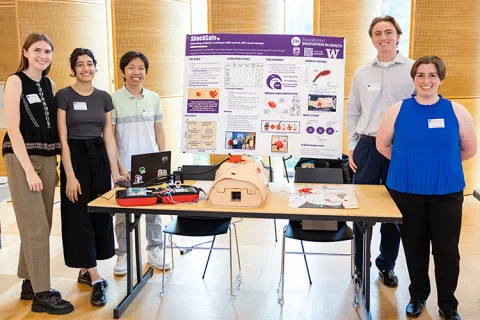PATH
Harvest and Prioritize Excess Solar Power
PATH, with partners, has previously worked to specify and field test "energy harvesting" equipment for solar powered vaccine refrigerator installations that have been approved by the World Health Organizations Performance, Quality, and Safety team. The critical refrigeration load always receives the power it needs while any additional power can be accessed by additional user loads. PATH has a long history of product development of technologies that are fit for difficult situations and addressing unmet user needs and opportunities. Oxfam currently provides technical support to the humanitarian water, sanitation, and hygiene (WASH) sector for quality implementation of solar powered water pumping solutions. The power system (solar photovoltaic array) is sized to account for cloudy days and periods of low insolation which means there is excess power available most of the time. Oxfam is often asked if there is a way to tap this unused power at water pump installations, but no commercial technology exists for this application. PATH has been approached by Oxfam to work toward a parallel energy harvesting product for these installations. This student team worked to take initial steps toward defining and designing a technology to harvest this extra power for other uses while ensuring that the primary water pumping system still receives all the power it needs. More broadly, this development ideally would lead towards design of a universal device that could be used in any similar solar powered systems that generate unused power. Desired outcomes this student team worked towards included: 1. Initial landscape of similar technologies, preliminary confirmation that there aren't already products out there that just need modification (this has been done, but a more comprehensive landscape and research will be useful at the outset). 2. A basic target product profile (TPP) document to solidify design requirements and targets 3. Conceptual design following the TPP with a design review 4. Conceptual design of the physical user interface for power/load prioritization (possibly with basic, opportunistic user feedback) 5. Initial prototyping of an example device 6. Documentation of design in form of white paper or defensive publication
Faculty Adviser
Payman Arabshahi,
Associate Professor, UW ECE,
Electrical & Computer Engineering
Students
Aerryn Bohnstedt
James Chongfang Xu
Kathy Deng
Yash Aggarwal
Related News

Fri, 09/20/2024 | UW Civil & Environmental Engineering
Smarter irrigation for a greener UW
A new project combines satellite data with ground sensors to conserve water and create a more sustainable campus environment.

Mon, 09/09/2024 | UW Mechanical Engineering
Testing an in-home mobility system
Through innovative capstone projects, engineering students worked with community members on an adaptable mobility system.

Mon, 08/19/2024 | UW Mechanical Engineering
Students strive to ensure accurate AED shock dosage
ShockSafe, developed by students with the help of mentors from Philips and Engineering Innovation in Health (EIH), can distinguish between children and adults during cardiac arrest emergencies.

Wed, 08/07/2024 | Snohomish County News
Snohomish County, University of Washington partnership boosts efficiency in enterprise scanning center
UW Industrial and Systems Engineering Capstone Project set to save Snohomish County over $40,000 annually.